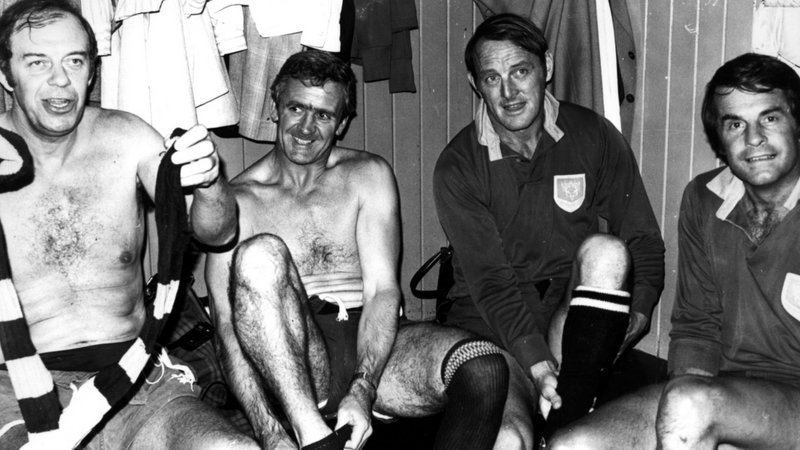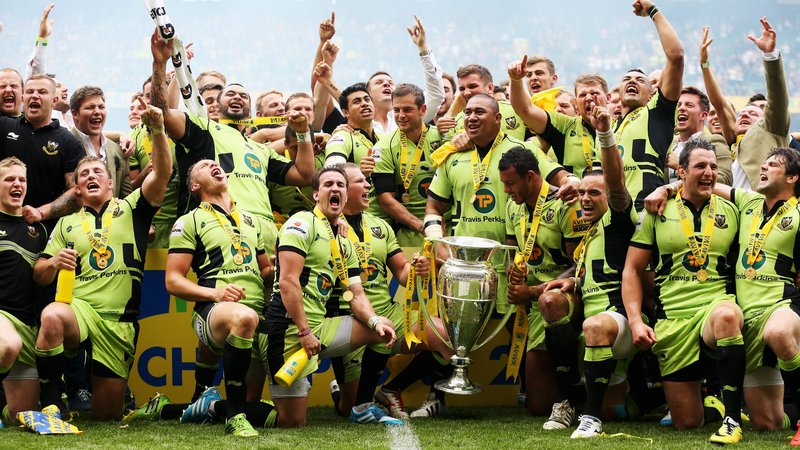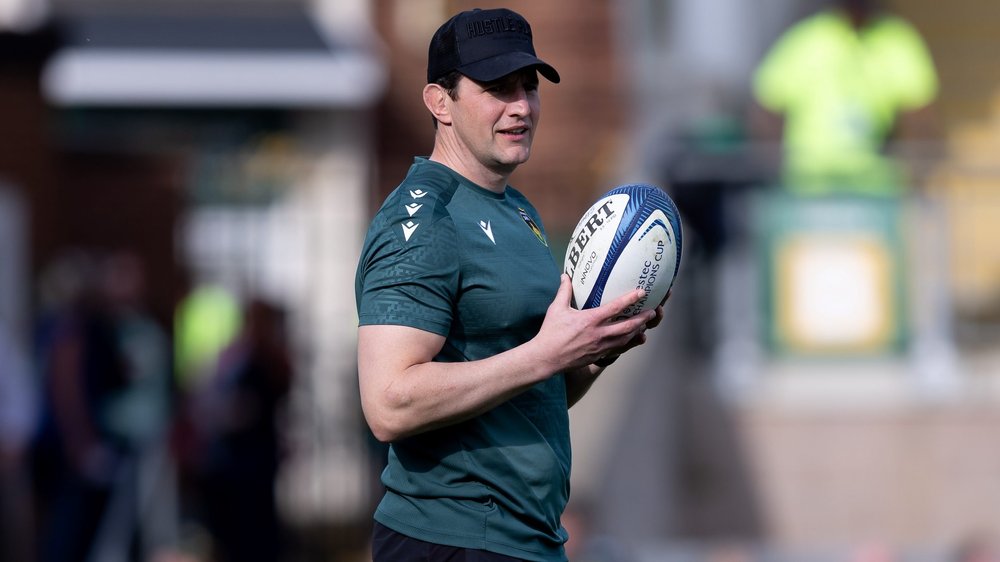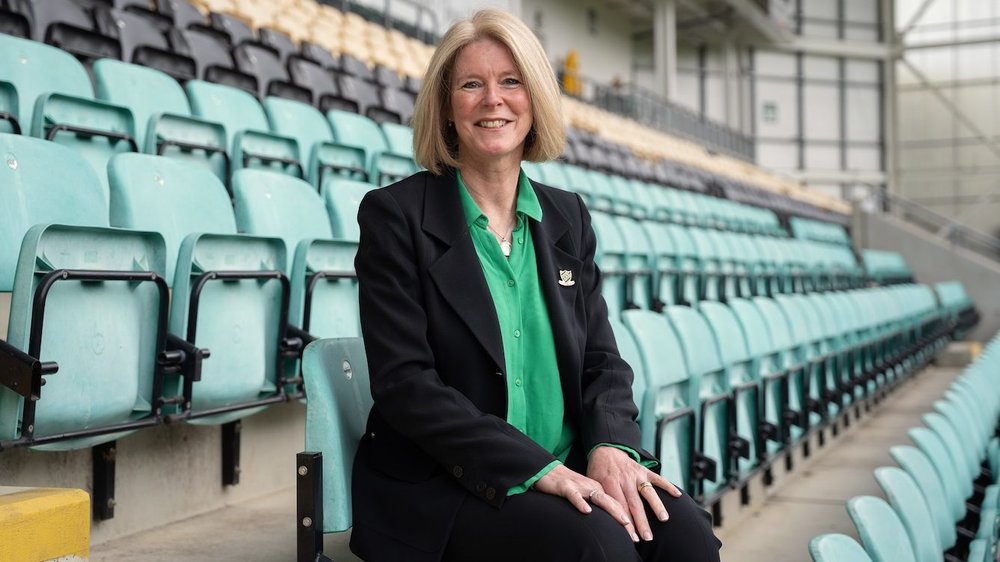Northampton Rugby Football Club, more commonly known as Saints, is one of the oldest rugby clubs in England.
Saints is unique both for how it was founded and how it has remained close to its roots since its inception in 1880.
The Club's origins can be traced to a boys’ improvement class run out of the St James Church by its curate, Revd Samuel Wathen Wigg. The class was started as a way to let the area's ‘high-spirited’ boys let off steam in a constructive way. Long before his death, Revd Wigg enjoyed watching the side quickly develop into one of the most successful clubs in England.
After playing in a number of venues immediately after the Club’s founding, Saints made Franklin's Gardens its home in the late-1880s. Originally known as Melbourne Gardens, the site was a popular pleasure garden and leisure hub for the people of Northampton. Its current name was taken from John Franklin, a hotelier who bought the site in 1886, and it was not long before the stadium was known as one of the finest in England – particularly after the addition of a main stand in 1927.
Saints’ original colours were black and green stripes. The gold was added in 1905 for a game against the touring All Blacks, known as the Originals. By then Saints also had its first England player, local farmer Harry Weston from Yardley Gobion, and it was not long before it could boast its first national captain too in the shape of Edgar Mobbs.
Mobbs’ name lives on today, both in the Club's Hall of Fame but also in the Mobbs Memorial Match, in which Saints and Bedford Blues take turns to host the British Army. The game commemorates Mobbs's bravery in World War One; initially denied a commission, he formed his own corps that became known as the Sportsman's Battalion.
Within 18 months Mobbs was battalion commander, but he would not survive the war. Wounded three times in combat, Mobbs died charging a German machine gun nest in the Third Battle of Ypres, otherwise known as the Battle of Passchendale. A memorial to Mobbs – who had no wife or children – was unveiled in front of thousands of people in Northampton Market Square in 1921.
Where Mobbs and Weston had blazed a trail from club to country others soon followed, such as bruising forwards Ray Longland, Billy Weston and Freddie Blakiston. But it was not until the middle of the twentieth century that Northampton would be producing one world-class player after another.













